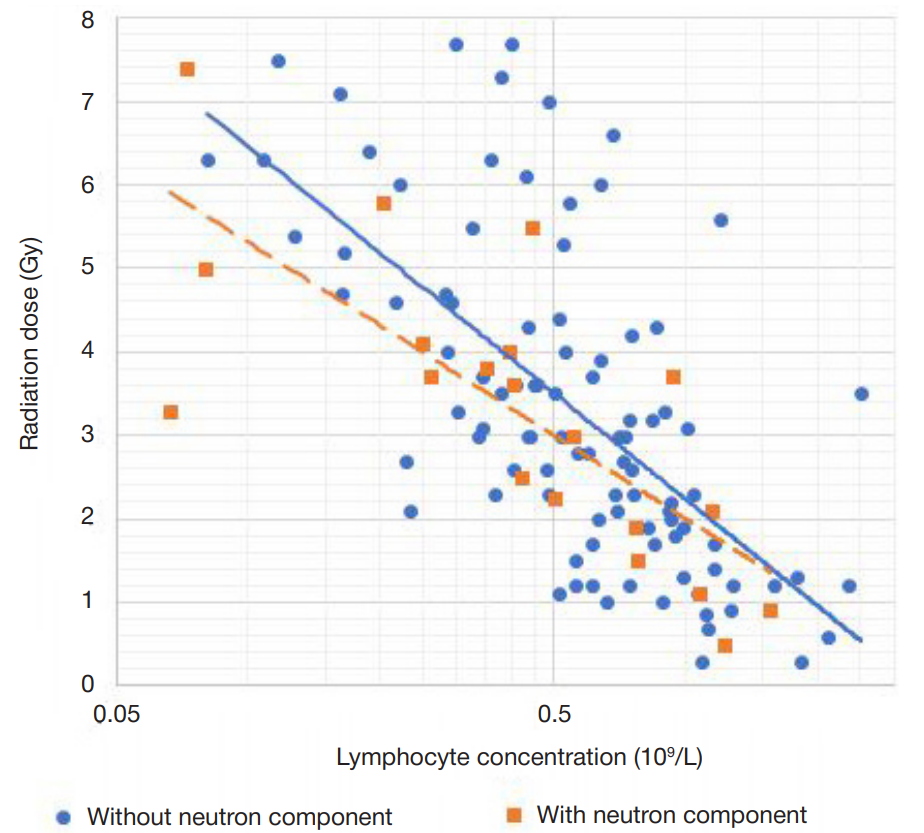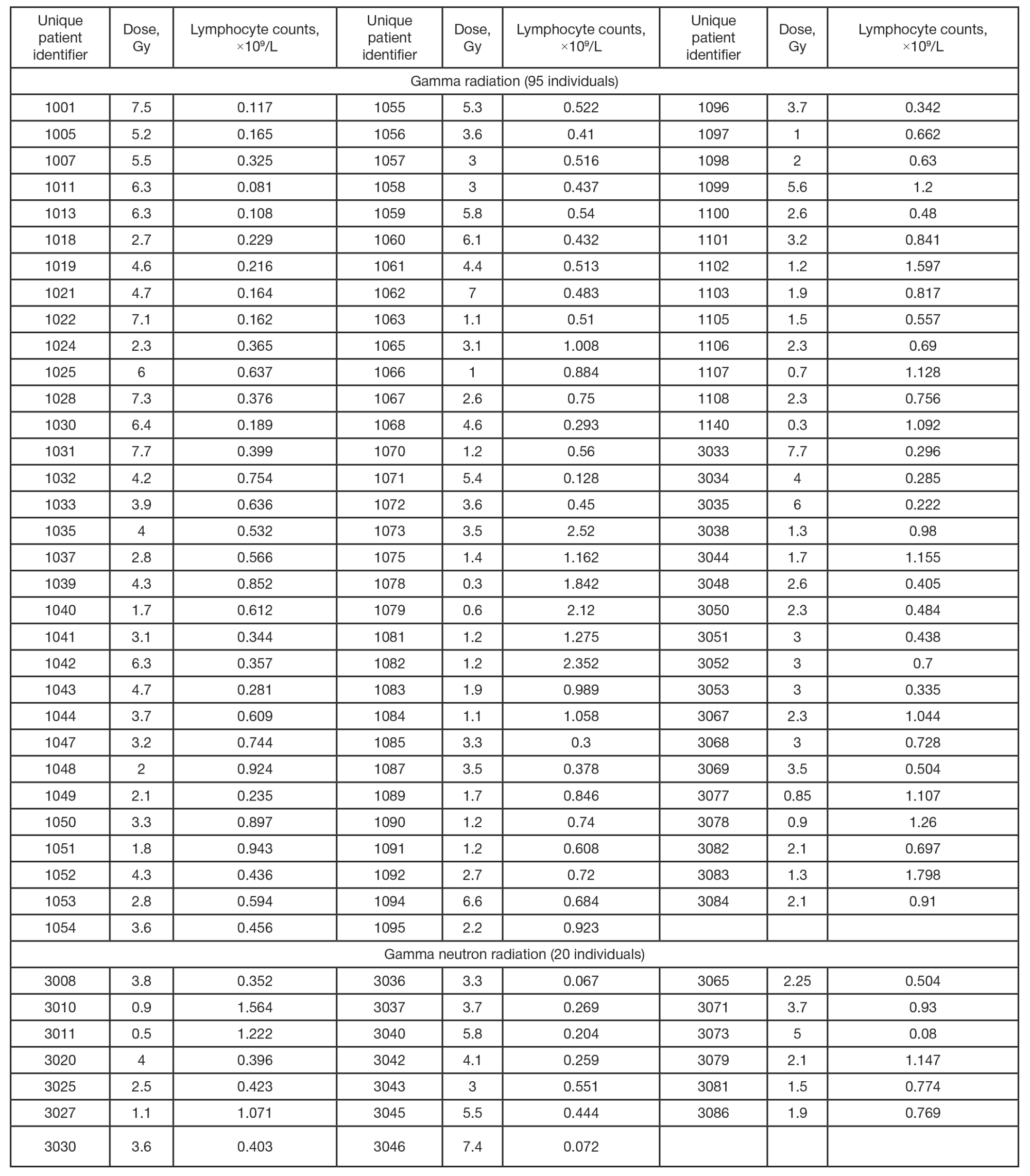
This article is an open access article distributed under the terms and conditions of the Creative Commons Attribution license (CC BY).
ORIGINAL RESEARCH
Features of using a lymphocyte test for biological dosimetry in the early period after exposure
Burnasyan Federal Medical Biophysical Center of Federal Medical Biological Agency, Moscow, Russia
Correspondence should be addressed: Mikhail K. Sedankin
Zhivopisnaya, 46, Moscow, 123098, Russia; ur.xednay@niknadesm
Author contribution: Sedankin MK — study concept and design, manuscript writing, literature review, approval of the final version of the article; Gudkov EA — study concept and design, data acquisition, data interpretation, computation tool development; Soloviev VYu — general management, study concept and design, manuscript writing; Mershin LYu — editing, data interpretation, computation tool optimization.



